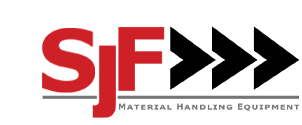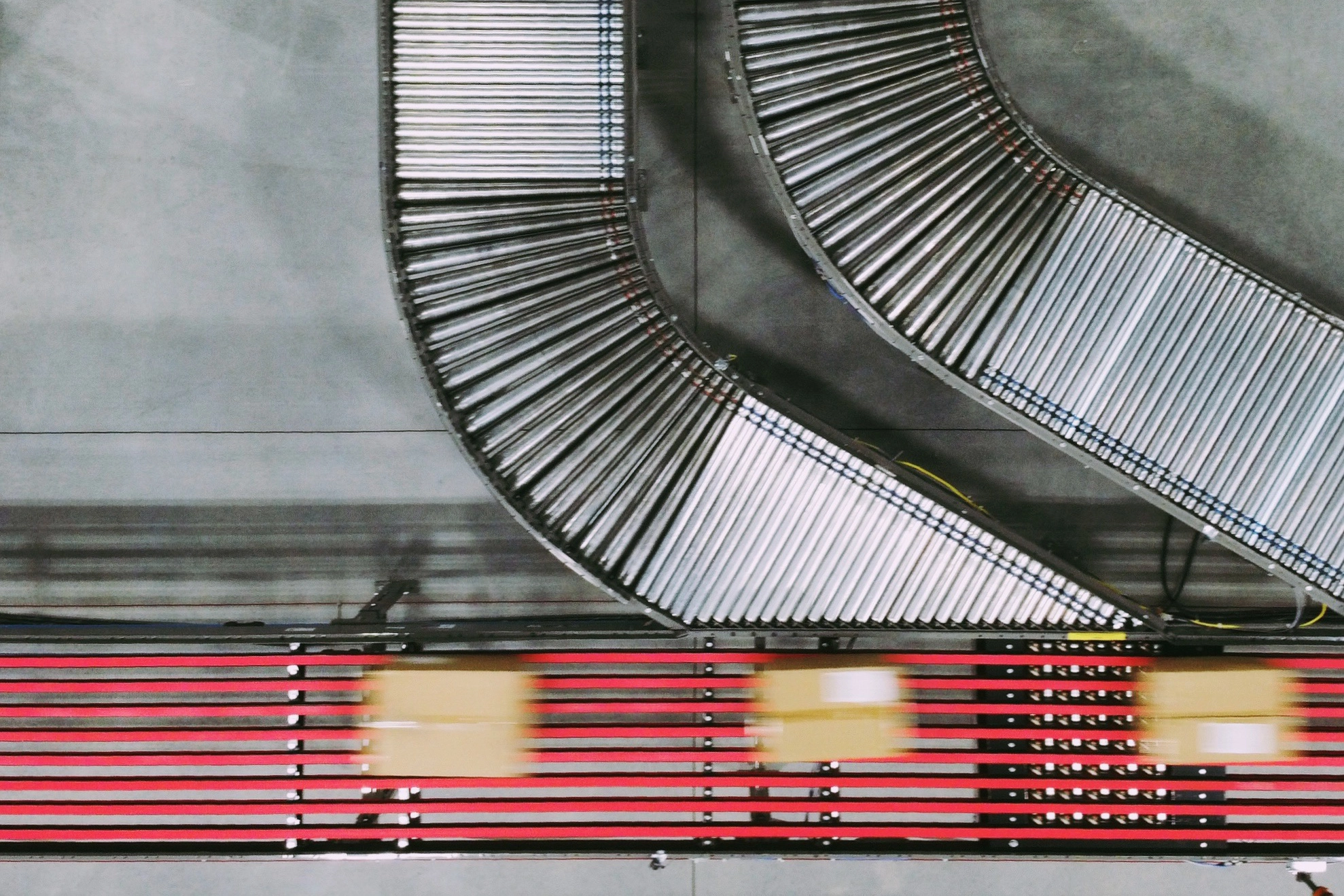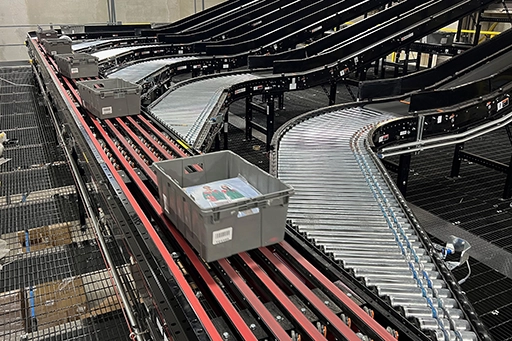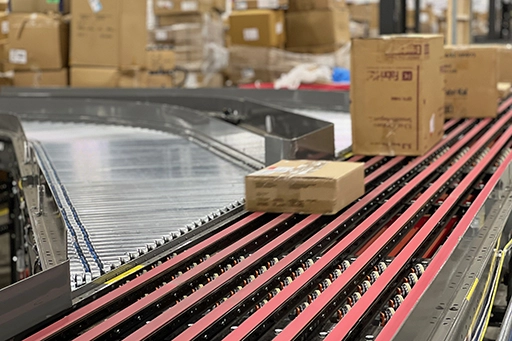Diverter Conveyor Systems Overview
There are a large variety of processes that allow accurate diverting and sorting, including:
- Skewing of product
- Merge systems
- Photoelectric sensors
- Barcode readers
- Pop-up wheel sorters
- Sliding shoe sorters
- Narrow belt sorters (NBS)
- Cross belt sorters
Each process uses a different method to sort and direct items to the correct place.
The type of diverter system that is best suited for a particular environment depends upon several factors, such as:
- Weight and size of items to be diverted
- Throughput requirements
- Conveyor speed
- Conditions of the location
- Budget







